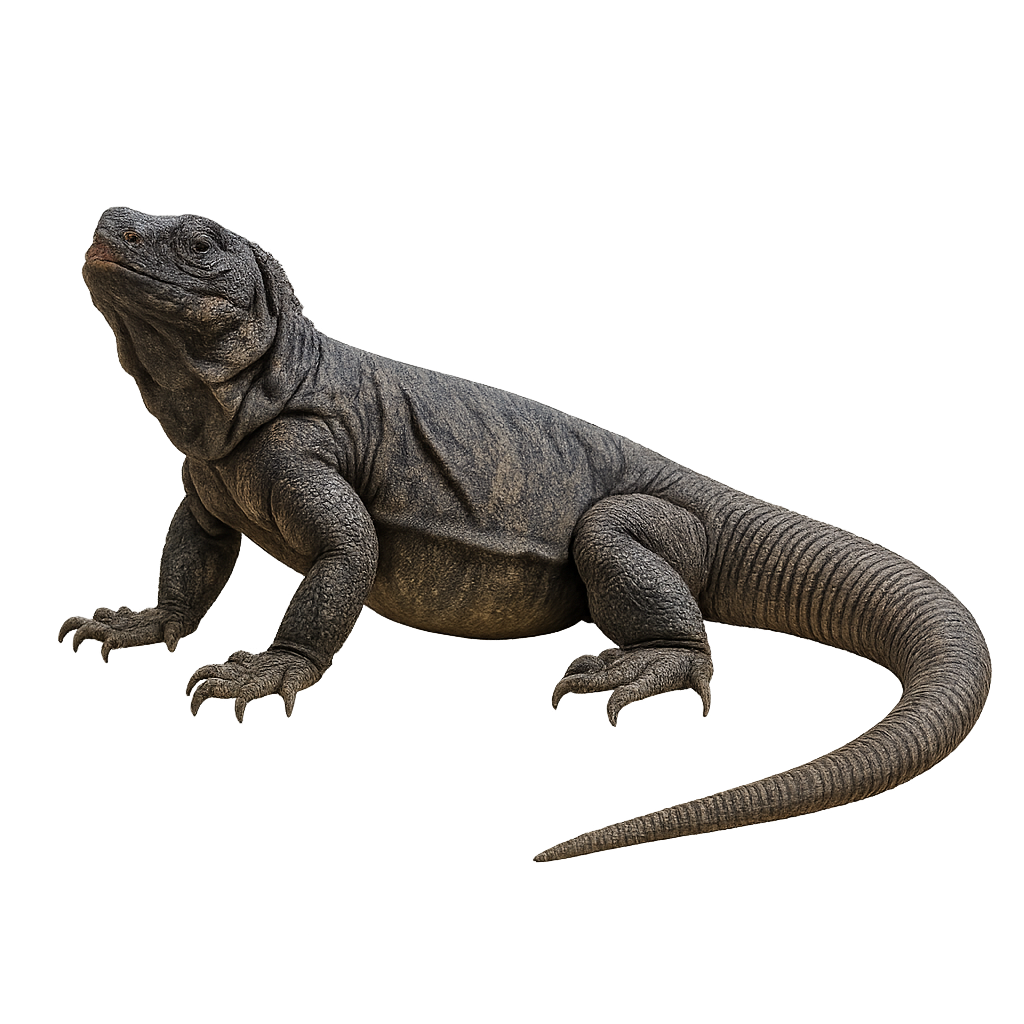Your wildlife photography guide.
Explore the spiny chuckwalla in detail, study its behavior, prepare your shots.
Where to observe and photograph the spiny chuckwalla in the wild
Learn where and when to spot the spiny chuckwalla in the wild, how to identify the species based on distinctive features, and what natural environments it inhabits. The WildlifePhotographer app offers tailored photography tips that reflect the spiny chuckwalla’s behavior, helping you capture better wildlife images. Explore the full species profile for key information including description, habitat, active periods, and approach techniques.
Spiny Chuckwalla
Scientific name: Sauromalus hispidus

IUCN Status: Least Concern
Family: IGUANIDAE
Group: Reptiles
Sensitivity to human approach: Suspicious
Minimum approach distance: 5 m
Reproduction period: April to July
Incubation: 33–50 jours
Births: September
Habitat:
Rocky deserts, arid zones, volcanic islands
Activity period :
Active during the day when temperatures are favorable, often seen basking in the sun.
Identification and description:
The Spiny Chuckwalla, scientifically known as Sauromalus hispidus, is a large lizard endemic to San Esteban Island in the Gulf of California, Mexico. This reptile is recognized for its rough, spiny skin, which helps it blend into its rocky environment. It primarily feeds on vegetation, including flowers and leaves. Males are generally larger than females and display more vibrant colors. This lizard is well adapted to its arid habitat and can withstand long periods without water. It is often seen basking in the sun on rocks, which helps regulate its body temperature.
Recommended lens:
400mm – adjust based on distance, desired framing (portrait or habitat), and approach conditions.
Photography tips:
To photograph the Spiny Chuckwalla, it is advisable to use a telephoto lens of 400mm or more to capture details without disturbing the animal. Approach slowly and quietly, avoiding sudden movements. Early morning or late afternoon, when the lizard is more active, are the best times for photography. Look for rocky areas where they like to bask. Use a fast shutter speed to freeze movement and ensure the focus is sharp on the lizard's eye for maximum visual impact.
From knowledge to field practice
A species profile helps you understand an animal. In the field, the challenge is often different. Remembering your own observations.
The WildlifePhotographer app allows you to:
• record your personal observations
• note locations, dates, and behaviors
• revisit your field references over time
• build a private and long-term field logbook
The app does not provide observation locations.
It helps you organize what you actually observe, with respect for wildlife.

